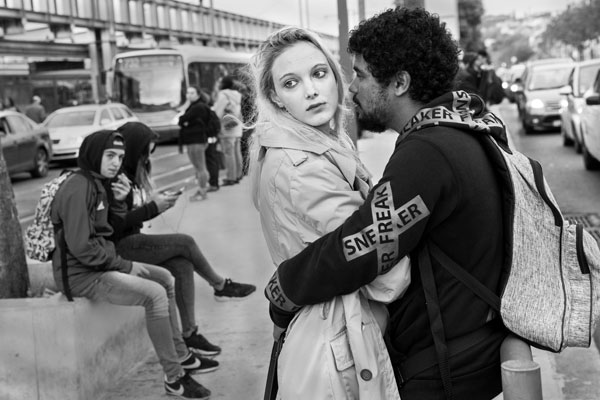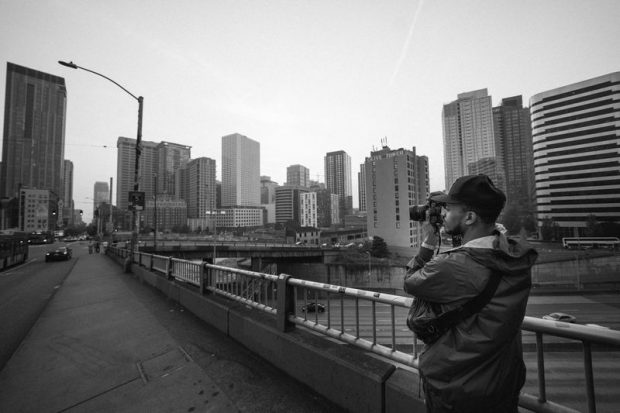The Only Guide for Framing Streets
Table of ContentsLittle Known Questions About Framing Streets.Indicators on Framing Streets You Should KnowFacts About Framing Streets UncoveredSome Known Details About Framing Streets A Biased View of Framing StreetsHow Framing Streets can Save You Time, Stress, and Money.
, usually with the aim of capturing photos at a decisive or touching minute by cautious framing and timing. https://experiment.com/users/framingstreets1.
His boots and legs were well defined, yet he is without body or head, due to the fact that these were in motion." Charles Ngre, waterseller Charles Ngre. https://www.ted.com/profiles/45936507 was the very first professional photographer to acquire the technical sophistication needed to register individuals in activity on the street in Paris in 1851. Digital Photographer John Thomson, a Scotsman dealing with reporter and social lobbyist Adolphe Smith, released Street Life in London in twelve month-to-month installments starting in February 1877
The Buzz on Framing Streets
Eugene Atget is considered as a progenitor, not since he was the first of his kind, yet as a result of the popularisation in the late 1920s of his document of Parisian streets by Berenice Abbott, that was inspired to undertake a comparable documents of New york city City. [] As the city created, Atget assisted to promote Parisian streets as a deserving subject for photography.

More About Framing Streets
Martin is the very first videotaped photographer to do so in London with a disguised electronic camera. Mass-Observation was a social research organisation established in 1937 which intended to tape day-to-day life in Britain and to videotape the reactions of the 'man-in-the-street' to King Edward VIII's abdication in 1936 to marry separation Wallis Simpson, and the sequence of George VI. The principal Mass-Observationists were anthropologist Tom Harrisson in Bolton and poet Charles Madge in London, and their initial record was produced as the book "May the Twelfth: Mass-Observation Day-Surveys 1937 by over two hundred observers" [] Window cleaner at Kottbusser Tor, Berlin, by Elsa Thiemann c. 1946 The post-war French Humanist School professional photographers discovered their topics on the street or in the restaurant. Between 1946 and 1957 Le Groupe des XV every year displayed work of this kind. Andre Kertesz. Circus, Budapest, 19 May 1920 Street digital photography formed the significant web content of 2 events at the Gallery of Modern Art (Mo, MA) in New York curated by Edward Steichen, Five French Photographers: Brassai; Cartier-Bresson, Doisneau, Ronis, Izis in 1951 to 1952, and Post-war European Digital Photography in 1953, which exported the principle of road digital photography globally.

Fascination About Framing Streets
, after that an instructor of young kids, linked with Evans in 193839.'s 1958 publication,, was considerable; raw and frequently out of emphasis, Frank's pictures examined mainstream digital photography of the time, "challenged all the official regulations laid down by Henri Cartier-Bresson and Walker Evans" and "flew in the face of the wholesome pictorialism and heartfelt photojournalism of American publications like LIFE and Time".